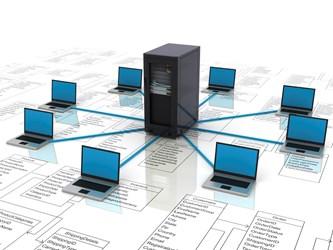With digital transformation sweeping across all industries, new technologies are streamlining and enhancing lives everywhere. While this digital era symbolizes great progress for society, industries like healthcare would be wise to tread lightly amid such change. Although newfound technology often equates to higher efficiency, it is important to remember that new security concerns may also arise. With 233 healthcare-related breaches already reported in 2017 by the U.S. Department of Health and Human Services, network security is the most crucial component for healthcare organizations to consider as the transformation of the industry continues to ramp up.
Why Legacy-Oriented Architectures No Longer Fit The Build For Healthcare Networks
Today, many medical providers have networks built on legacy-oriented architectures that run a broad range of enterprise applications. While legacy EMR systems have performed positively in protecting patient records, legacy networks have not historically protected patient information flowing through networks across a variety of applications used by staff and providers.
Legacy networks, which primarily offer only border protection, do not adequately protect the enterprise applications and data existing outside of a medical records system. This type of environment is vulnerable to cyber hacks. Think back to the numerous cyberattacks on credit card information in the last few years or, more recently, Equifax's data loss. As internal applications are not protected to the same extent as EMRs, networks built on legacy technologies are not designed to defend against users on cloud applications or internal vendors, patients, customers/business partners that may occasionally gain network access.
[...]
Source: Health IT Outcomes (View full article)
Posted by Dan Corcoran on November 20, 2017 07:06 AM



Post a comment